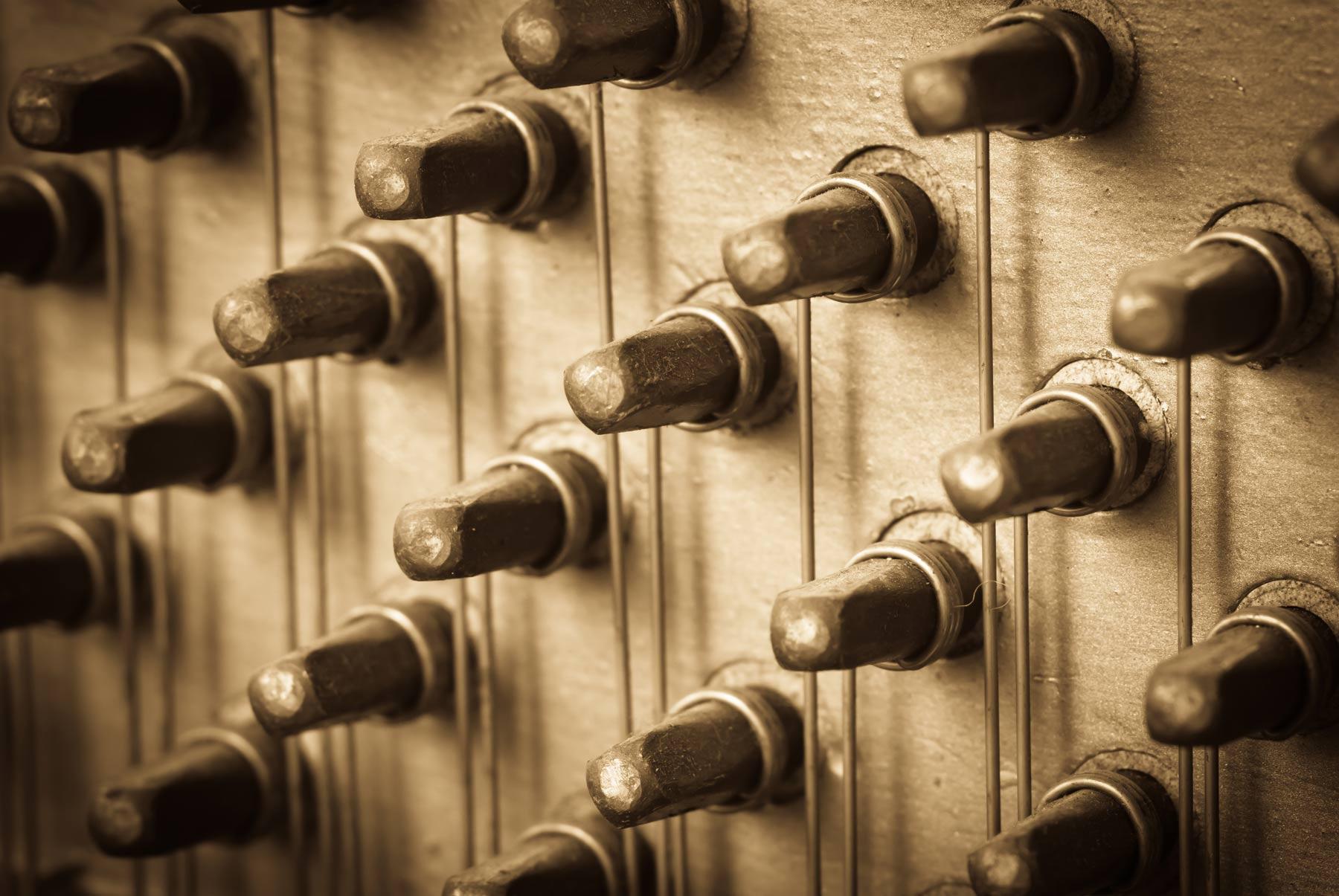
Electrode Discharge Machining
Almost everything you need to know!
The concept.
Power up!
Ram EDM machines range in size from tabletop models to large CNC units. Ram EDMs have four sub-systems:
- a DC power supply to provide the electrical discharges, with controls for voltage, current, duration, duty cycle, frequency, and polarity
- a dielectric system to introduce fluid into the voltage area/discharge zone and flush away work and electrode debris, this fluid is usually a hydrocarbon or silicone based oil
- a consumable electrode, usually of copper or graphite
- a servo system to control infeed of the electrode and provide gap maintenance
Ram or Sink EDM the process.
EDM is the thermal erosion process in which metal is removed by a series of
recurring electrical discharges between a cutting tool acting as an electrode
and a conductive work piece, in the presence of a dielectric fluid. This
discharge occurs in a voltage gap between the electrode and work piece. Heat from
the discharge vaporizes minute particles of work piece material, which are then
washed from the gap by the continuously flushing dielectric fluid.
The advantages of EDM are:
- EDM is a non-contact process that generates no cutting forces, permitting the production of small and fragile pieces
- burr-free edges are produced
- intricate details and superior finishes are possible
- EDM machines with built-in process knowledge allow the production of intricate parts with minimum operator intervention
The Disadvantages of EDM are:
- low metal removal rates compared to chip machining
- lead time is needed to produce specific, consumable electrode shapes
Ram/Sink EDM
In ram EDM, the electrode/tool is attached to the ram which is connected to one
pole, usually the positive pole, of a pulsed power supply. The work piece is
connected to the negative pole. The work is then positioned so that there is a
gap between it and the electrode. The gap is then flooded with the dielectric
fluid. Once the power supply is turned on, thousands of direct current, or DC,
impulses per second cross the gap, beginning the erosion process. The spark
temperatures generated can range from 14,000° to 21,000° Fahrenheit. As the
erosion continues, the electrode advances into the work while maintaining a
constant gap dimension.
Layers of surface finish.
The finished EDM'd work piece can exhibit several distinct layers. The surface
layer will have small globules of removed work piece metal and electrode
particles adhering to it, which are easily removed. The second layer is called
the “white” or “recast” layer where EDM has altered the metallurgical structure
of the work piece. The third layer is the heat-affected zone or “annealed” layer.
This layer has been heated but not melted. See picture above.
There are two main types of EDMs
We have lightly covered the Ram type above. The other type is the wire-cut.
Each are used to produce very small and accurate parts as well as large items like automotive stamping dies and aircraft body components.
The largest single use of EDM is in die making.
Materials worked with EDM include hardened and heat-treated steels, carbide, poly-crystalline diamond, titanium, hot and cold rolled steels, copper, brass, and high temperature alloys.
However, any material to be machined with the EDM process must be conductive.
Wire erosion process description:
Electrical Discharge Wire Cutting (EDWC) involves a continuously spooling conductive wire (the most widely used is brass). A power supply generates rapid electric pulses that create a discharge between the work piece and electrode (the wire). The discharge causes the melting, and probably the vaporisation, of a minute piece of material, slowly eating into the work piece. Any electrical conductive material can be machined irrespective of hardness. The position of the wire with respect to the work piece is controlled in the x and y planes usually by CNC. On some machines the wire can be tilted to create tapered parts. An advantage of this process is that no mechanical stresses are created in the work piece because the wire does not make contact with it.
Typical Uses:
- Cutting and shaping of metals and conducting ceramics that are difficult to shape in any other way: dies for moulding, stamping, extrusion and forging; making tool fixtures; aircraft and medical parts.
- Prototype parts.
- Burr-free parts.
Above are 2 examples of wire cut EDM usage.
The second picture is of some miscellaneous parts created by EDWC
The economics of Wire cut EDM:
CNC is common.





